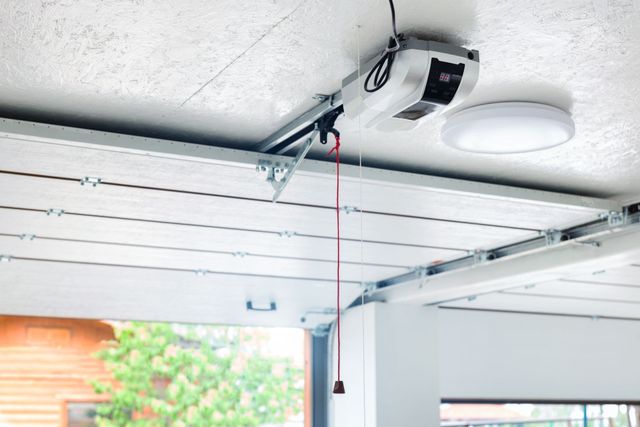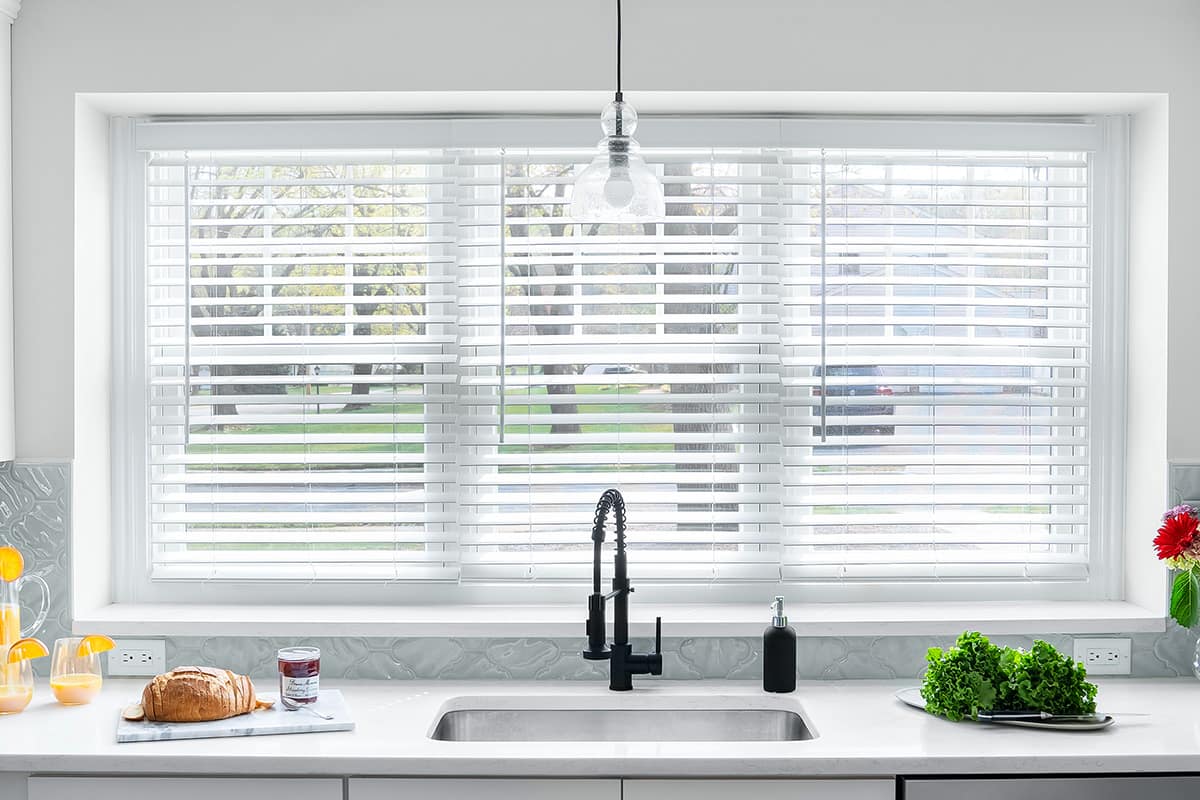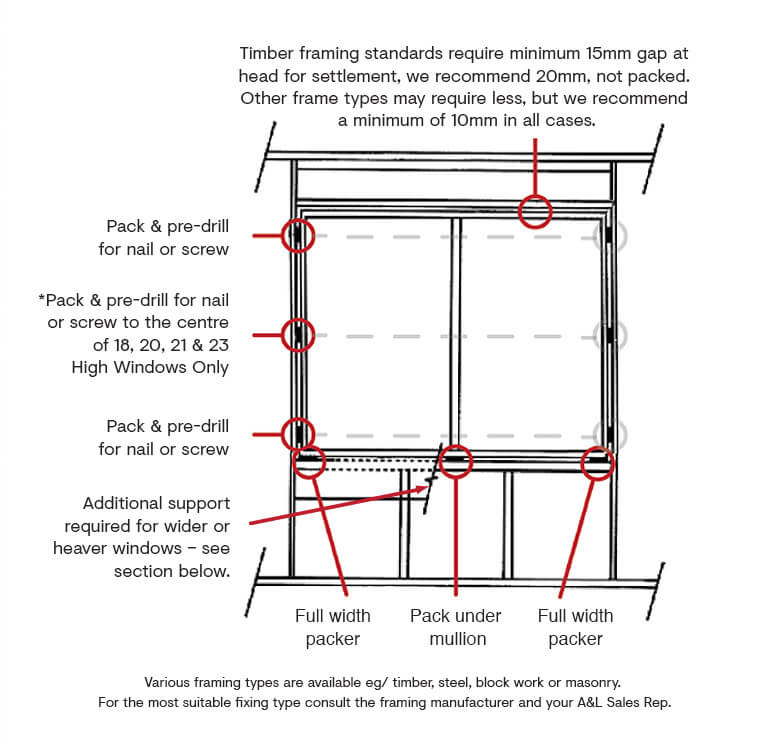
Welcome to your ultimate resource for understanding and executing the perfect door fitting. Whether you’re replacing an old door, installing a new one, or simply looking to enhance your home’s functionality, this guide will walk you through every step with clarity and precision.
Understanding the Basics of Door Fitting
Before we delve into the practical steps, it’s crucial to understand the fundamental components and considerations involved in door fitting. This includes recognizing different door types, understanding the importance of accurate measurements, and selecting the right tools.
Types of Doors
- Interior Doors: These include panel doors, flush doors, and bi-fold doors, each serving different aesthetic and functional purposes within your home.
- Exterior Doors: Designed for security and weather resistance, these are typically made of robust materials like solid wood, steel, or fiberglass.
- Specialty Doors: Such as sliding doors, pocket doors, and French doors, these offer unique space-saving or aesthetic benefits.
Essential Tools for Door Fitting
Having the right tools is paramount for a successful door fitting. Here’s a list of essentials:
- Measuring tape
- Pencil
- Level
- Chisel set
- Hammer
- Screwdriver or power drill
- Plane
- Saw (circular or hand saw)
- Wood filler (for minor adjustments)
- Safety glasses and gloves

Step-by-Step Guide to Fitting a Door
Now, let’s break down the process of door fitting into manageable steps.
1. Measuring the Doorway
Accurate measurements are the cornerstone of a well-fitted door. Measure the width and height of the doorway opening in multiple places to account for any irregularities. Always measure from the finished floor to the top of the opening. It is important to measure the depth of the door frame as well.
2. Preparing the Door
If the door is too large, you’ll need to trim it. Use a plane or saw to carefully remove excess material from the edges. Remember to trim evenly to maintain the door’s integrity.
3. Installing the Hinges

Mark the positions for the hinges on both the door and the door frame. Use a chisel to create recesses for the hinges, ensuring they sit flush with the surface. Attach the hinges using screws.
4. Hanging the Door
Carefully lift the door and align the hinges with those on the door frame. Insert the hinge pins to secure the door. Test the door’s swing and make any necessary adjustments.
5. Installing the Door Handle and Lock
Mark the positions for the door handle and lock. Drill pilot holes and install the handle and lock according to the manufacturer’s instructions. Ensure they operate smoothly.
6. Final Adjustments
Check the door’s alignment and operation. Make any final adjustments to the hinges or door frame as needed. Use wood filler to patch any minor gaps or imperfections.
Troubleshooting Common Door Fitting Issues
Even with careful planning, you might encounter some common challenges during door fitting.
Door Not Closing Properly

This could be due to misaligned hinges or a warped door. Adjust the hinges or plane the door to ensure a proper fit.
Gaps Between the Door and Frame
Use weather stripping or door seals to fill gaps and improve insulation.
Door Binding
If the door binds against the frame, check for uneven surfaces or loose hinges. Plane the edges of the door as needed.
Enhancing Your Door Fitting Skills
To further refine your door fitting skills, consider the following:
- Practice on scrap wood before tackling your main project.
- Watch instructional videos and tutorials.
- Seek advice from experienced DIYers or professionals.
- Invest in high-quality tools for better precision and durability.
By following this comprehensive guide, you’ll be well-equipped to tackle any door fitting project with confidence. Remember, patience and precision are key to achieving a flawless result.





